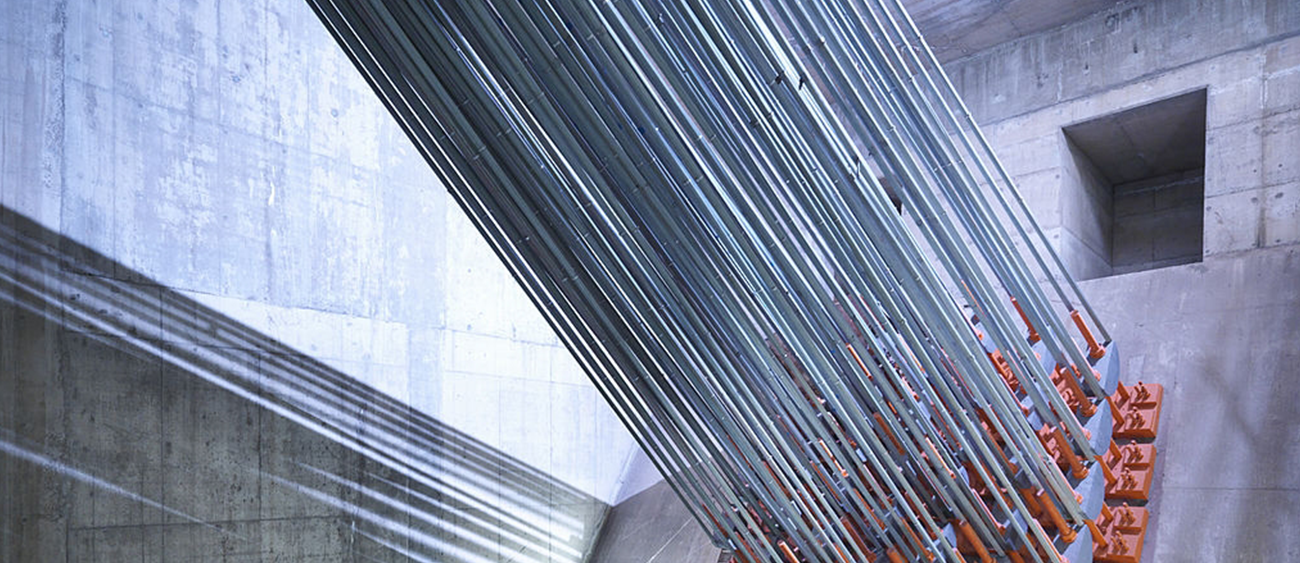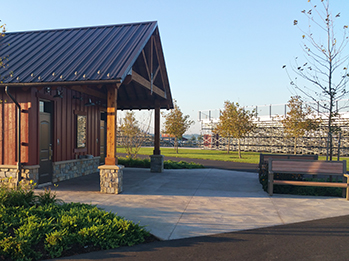
Burlington County Fairgrounds
Springfield Township, New Jersey

BANC3 provided the surveying and civil engineering services for the design of an onsite septic system to service the proposed restroom building at the Burlington County Fairgrounds. BANC3 performed a limited topographic survey of the areas in and around the proposed restroom building; the onsite sewerage disposal bed; the location of the septic and dosing tanks; and the existing stone dust paths to be paved. The survey included the location of visible and accessible utilities and existing trees within the vicinity of the above referenced improvements.
The new restroom facility required an onsite sewerage disposal system. Based upon the onsite soils, BANC3 designed a soil replacement system to handle 1,995 gallons of sewerage per day. The disposal bed needed to be located upslope of the restroom building, therefore BANC3 design a duplex pump dosing system to deliver the sewerage from the building to the distribution box in the disposal bed. The system utilizes gravity dosing beyond the distribution box. A unique feature of this design was the inclusion of a diverter valve to allow the County to isolate the disposal bed into 3 separate sections. The system was oversized so that the County could "rest" one third of the system and still maintain the required disposal bed area. The system was designed in accordance with NJAC 7:9A and was permitted by the Burlington County Health Department.
Certification of a Soil Erosion and Sediment Control Plan was required from the Burlington County Soil Conservation District, as the proposed site disturbance exceeded 5,000 square feet. As such, BANC3 prepared the plans in accordance with the requirements for Soil Erosion & Sediment Control in New Jersey. The appropriate application forms, plans and calculations were submitted to the Burlington County Soil Conservation District for Certification.
BANC3 provided construction administration assistance during the construction of the onsite septic system and the paving of the existing stone dust paths. This assistance included reviewing and responding to RFI's; reviewing and approval of shop drawings; site inspection during the installation of the onsite septic system and during paving operations.